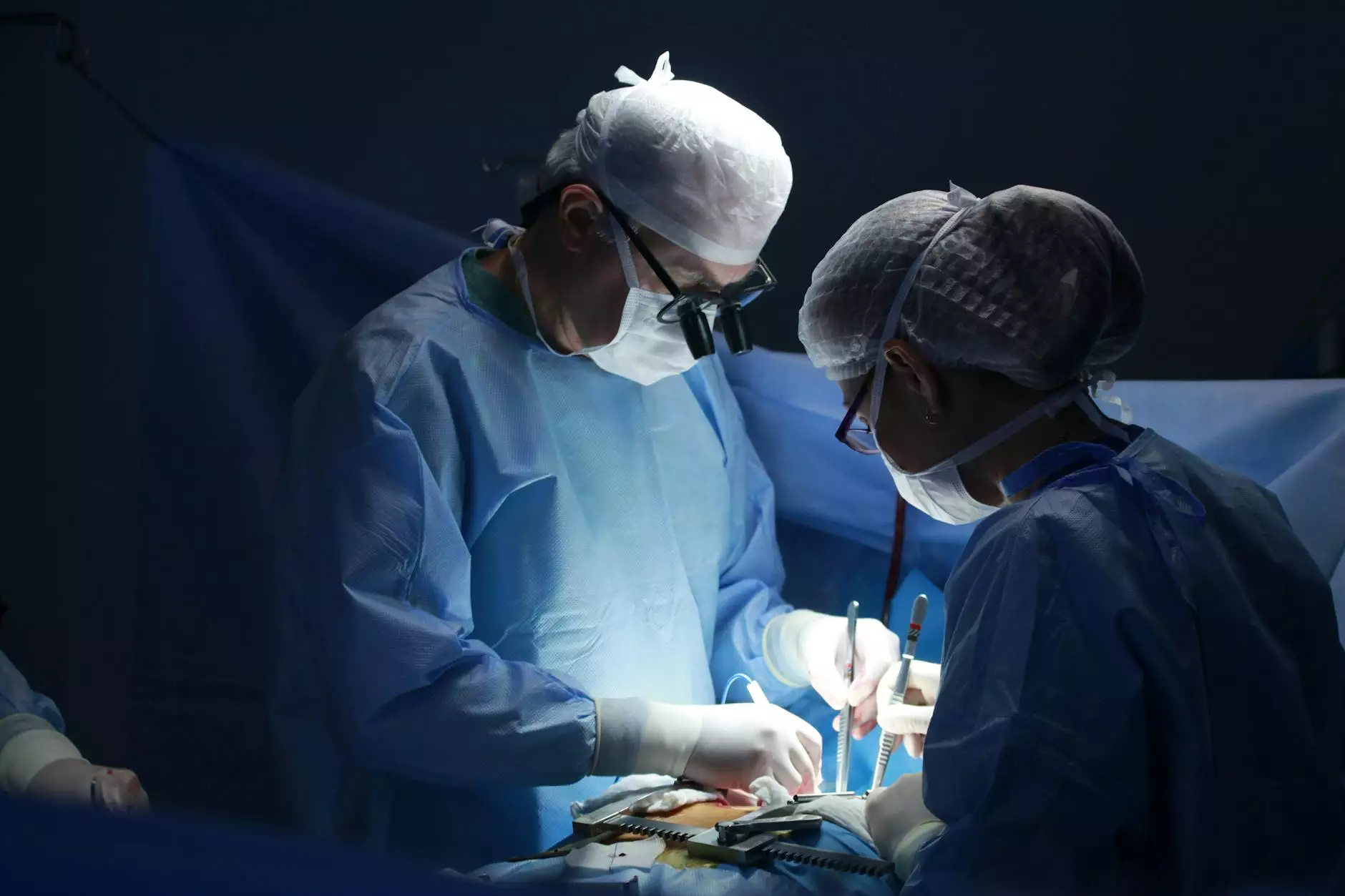Understanding CT Scans for Lung Cancer: A Comprehensive Guide

Introduction to Lung Cancer
Lung cancer is one of the most prevalent cancers globally, accounting for a significant number of cancer-related deaths each year. Early detection is crucial, as it can dramatically increase the effectiveness of treatment options. One of the most powerful tools in early diagnosis is the CT scan.
What is a CT Scan?
A CT scan, or computed tomography scan, utilizes advanced imaging technology to create detailed cross-sectional images of the body. Unlike traditional X-rays, which offer only a flat view, CT scans provide comprehensive images of internal organs, bones, and tissues. This detailed imaging is essential for accurately diagnosing various medical conditions, particularly lung cancer.
Why is a CT Scan Important for Lung Cancer Detection?
The importance of a CT scan for lung cancer cannot be overstated. Here’s why:
- High Sensitivity: CT scans can detect lung cancer much earlier than conventional imaging methods. A small tumor may be missed in X-rays but becomes apparent in CT images.
- Detailed Visualization: CT scans provide detailed images that help in understanding the size, shape, and exact location of tumors.
- Guiding Treatment Decisions: The clear images help physicians make informed decisions regarding treatment options, whether surgical intervention, chemotherapy, or radiation therapy is necessary.
- Monitoring Progress: After diagnosis, CT scans are invaluable for monitoring the treatment's effectiveness and checking for recurrence.
How Does a CT Scan Work?
A CT scan combines the technology of X-rays with computer processing to produce images of the body. When a patient undergoes a CT scan for lung cancer, the process typically involves the following:
- Preparation: The patient may need to refrain from eating for a few hours before the scan. In some cases, a contrast dye may be used to enhance the visibility of certain areas.
- Positioning: The patient is positioned on a special table that slides into the CT scanner. It’s crucial to remain still during the scan to avoid blurring the images.
- The Scanning Process: As the scanner rotates around the body, it takes multiple X-ray images from different angles. These images are then processed by a computer to create cross-sectional views.
- Post-Procedure: Once the images are captured, the patient can typically resume normal activities immediately.
Who Should Consider a CT Scan for Lung Cancer?
Certain individuals are at a higher risk for lung cancer and should consider getting CT scans as part of their routine screening. These include:
- Smokers: Those who actively smoke or have a significant history of smoking are at an elevated risk.
- Family History: Individuals with a family history of lung cancer may benefit from early screening.
- Occupational Exposure: Workers exposed to asbestos, radon, or other carcinogens are at increased risk.
- Age Factors: Generally, adults over the age of 55 are encouraged to discuss CT scans with their healthcare provider.
The Role of CT Scans in Treatment Planning
Once lung cancer is diagnosed using a CT scan, several factors come into play for treatment planning:
- Stage Determination: CT scans help determine the stage of lung cancer, which is critical for choosing appropriate treatments.
- Surgical Planning: They aid surgeons in visualizing the tumor's location in relation to vital structures, thereby improving surgical outcomes.
- Assessment of Metastasis: CT scans can reveal whether the cancer has spread to lymph nodes or other parts of the body.
Advantages of CT Scans Over Other Imaging Techniques
While there are various imaging techniques available, CT scans have distinct advantages:
- Speed: CT scans are quick, usually taking just a few minutes to complete.
- Less Invasive: Compared to biopsies, CT scans are non-invasive and cause minimal discomfort.
- Comprehensive Data: The detailed images from a CT scan provide richer data for physicians.
Potential Risks of CT Scans
It’s essential to be informed about the potential risks associated with CT scans, even though they are generally safe. The primary concern is exposure to radiation. Although the level of radiation from a single CT scan is relatively low, repeated scans can accumulate exposure. Patients should discuss their personal risk factors with their healthcare provider, particularly if they have multiple scans planned.
Preparing for a CT Scan
Preparing for a CT scan for lung cancer involves specific steps to ensure optimal imaging results:
- Medication Review: Inform your doctor of all medications and supplements you’re taking.
- Clothing: Wear loose, comfortable clothing and avoid wearing jewelry or metal accessories that may interfere with the imaging process.
- Health History: Provide a detailed health history to your healthcare provider, particularly if you have allergies to contrast dyes.
Post-CT Scan: What to Expect
After the scan, patients typically wait to receive results. It’s important to ask healthcare providers when and how results will be communicated. In some cases, results may be available within a few days, while complex analyses may take longer.
Understanding Your CT Scan Results
Interpreting CT scan results can be complex, as they can indicate a variety of conditions. Here are key points to consider:
- Nodules: The appearance of nodules does not always indicate cancer, but further testing may be required.
- Mass Size: Size and growth rate of any masses found can help determine the nature of the condition.
- Follow-Up Tests: If results are inconclusive, your healthcare provider may recommend additional imaging or tests.
Conclusion: The Unyielding Importance of CT Scans in Lung Cancer Detection
In summary, CT scans for lung cancer detection are a vital tool that empowers patients and healthcare providers alike. By offering early detection and comprehensive insights into lung health, CT scans play an instrumental role in combating this formidable disease. As technology continues to advance, the impact of CT imaging will only grow, paving the way for better outcomes and improved quality of life for those affected by lung cancer.
Learn More at HelloPhysio
For more information on lung cancer detection and the essential role of imaging, visit HelloPhysio. Our dedicated team is here to provide you with the support and information you need to navigate your health journey.









